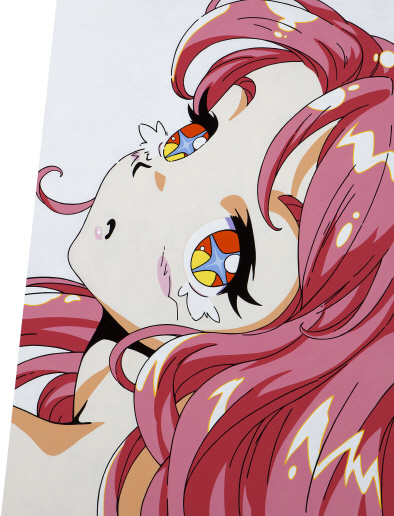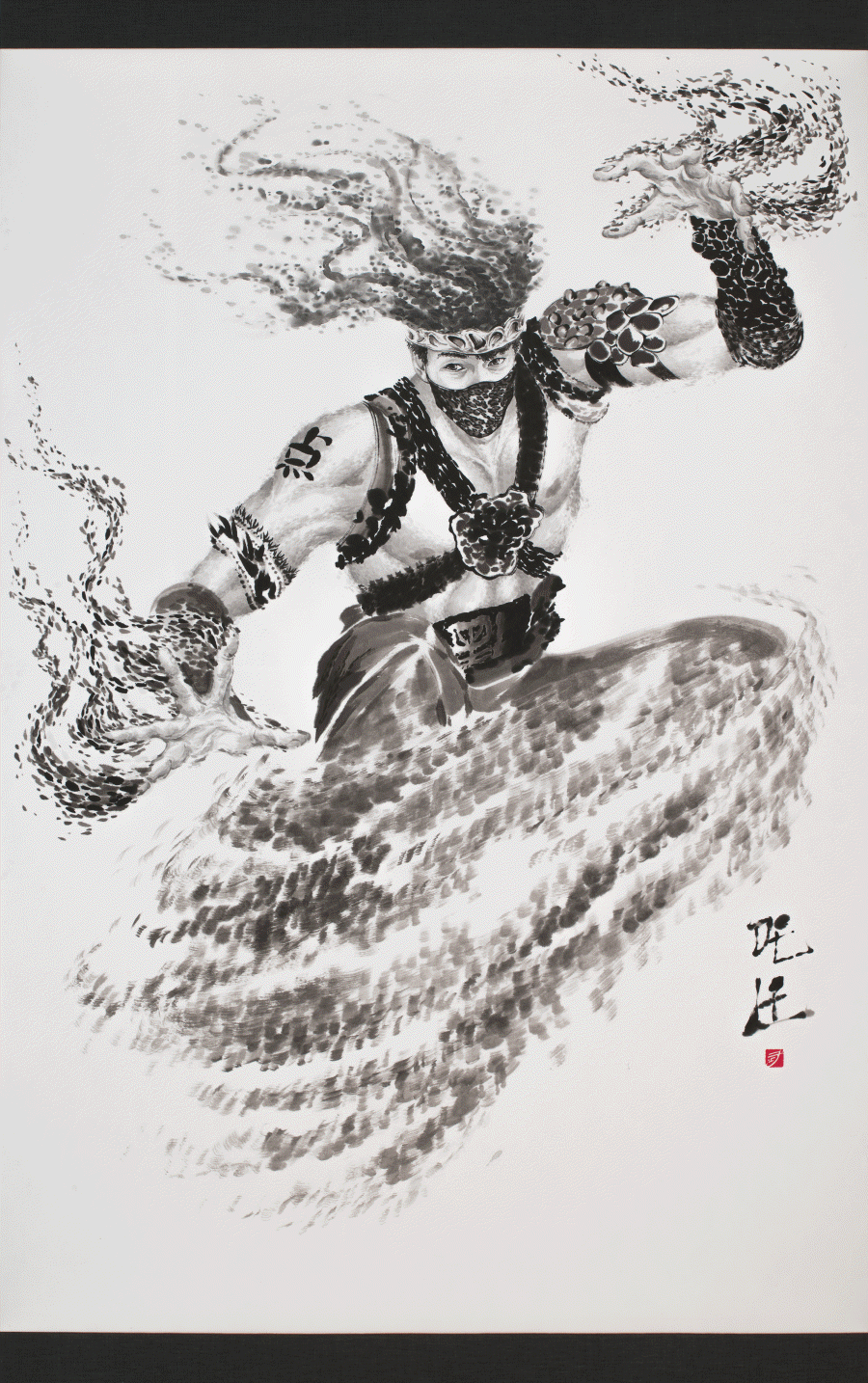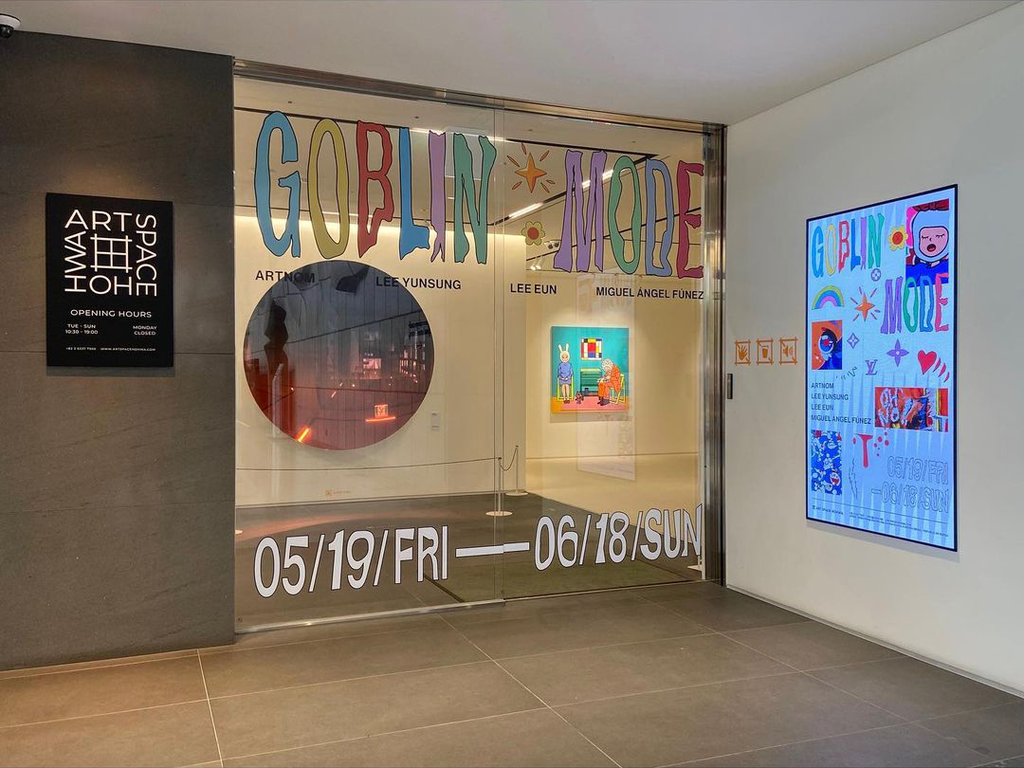Lee Yunsung creates illustrations by combining the myths and narratives of Western culture with Eastern subcultures such as animation, manga, and games. The creative method of using Western mythology and narratives as motifs is a conventional method in art history. Also, the active acceptance of Japanese pop culture called manga/ anime is a common feature of Korean contemporary art artists in their 30s and 40s.
In the context of modern art, using references is frequently applied. Lee Yunsung freely connects and deconstructs elements that are considered to be contradictory and heterogeneous, such as the past and the era, West and East, high-end and low-quality, and constant and variable. In this sense, he creates a unique art world by building a semantic network.
Lee Yunsung repeatedly uses characters as icons from Greek and Roman mythology or epics like Danae, Helios, Psyche, and Mara, such as the goddess Venus of “The Last Judgement”. In particular, masterpieces such as the Statue of Venus, The Last Judgment, Laokon, and Annunciation are also included. It confirms the artist’s attention to the power and history of images based on myths and classics.
Here, the artist changes the gender of the chosen subject from male to female or transforms this character into a beautiful female in a manga to actively express various emotions and desires. It suggests a singularity in that he boldly grafts and reinterprets the visual environment of Japanese manga he encountered while expanding the subculture’s influence.
“I feel that the form of production and the method of expression are important. Not the story or message of the work only.”
Lee Yunsung’s artwork is often regarded as a hybrid image by critics. The understanding of his work is deepened when we consider the ‘frame of artwork’ together not just the content levels or reinterpretation of the image. Given the title of his early solo exhibition 《Nu TYPE》 and 《Nu FRAME》, the ‘title’ is a critical issue for him.
As seen in the ‘Zodiac’ series, Lee Yunsung breaks away from the rectangular frame of the universal canvas and transforms the canvas into polygons like ‘Khan’ that divides scenes in cartoons, recombines them, and installs them. On the other hand, as in the ‘Danae’ series, the canvas frame is divided within the surface of the painting to illuminate the person and his world.
Hence, a space (or frame) setting belongs to the painting surface as a finished plane. However, conversely, it makes the visual and conceptual boundaries in the painting fluid. It creates a complex composition called ‘Nu Frame; a new painting style.


























